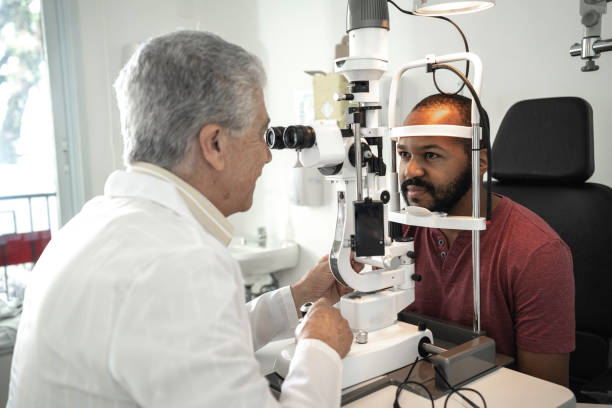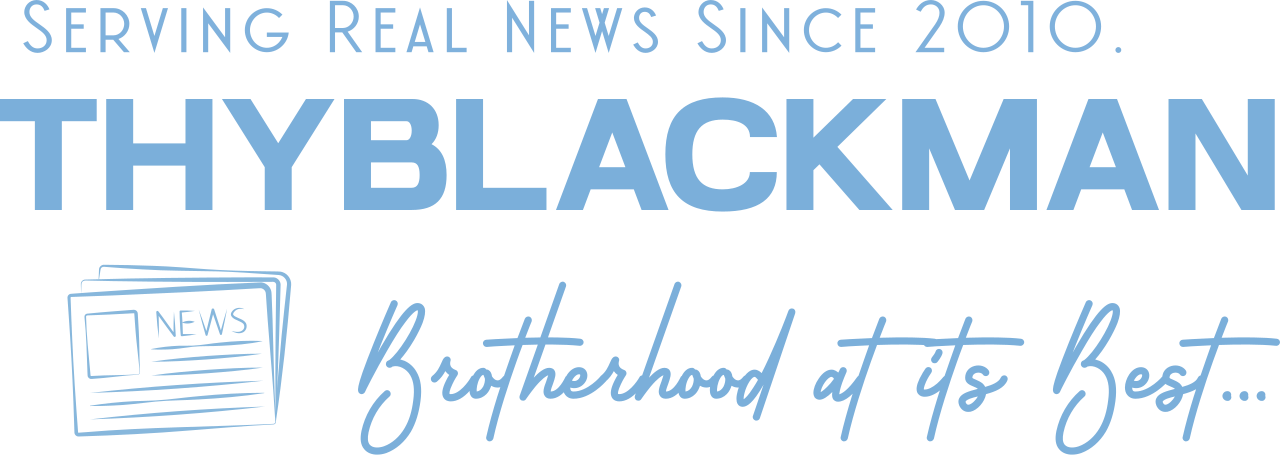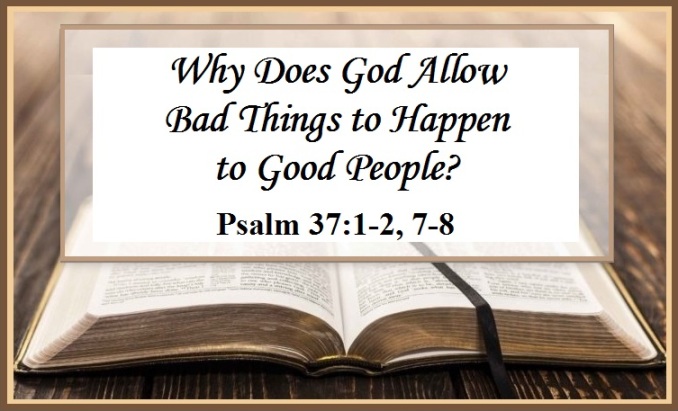(ThyBlackMan.com) Data from the National Eye Institute (NEI) shows that almost 190,000 Black/African American people live with visual impairments. The NEI adds that the Black community also experiences some of the highest rates of vision loss due to eye diseases, and these rates are on an upward trend.
Unfortunately, living with compromised vision can hamper crucial day-to-day tasks such as reading and driving. With members of the Black community being more vulnerable, managing vision health has become essential to maintain quality of life. Below, we look at the heightened risk of eye diseases in the African American community and provide ways to preserve your vision:

Common eye problems among the Black community
According to the New York Eye and Ear Infirmary of Mount Sinai, Black patients are six times more likely to experience advanced vision loss after being diagnosed with glaucoma than white patients. Glaucoma, a leading cause of blindness in the United States, can occur 10 times earlier in life among African Americans compared with other ethnic populations. Specific genetic factors are linked to a higher glaucoma risk among the Black community. For instance, the gene CDKN2B, which is responsible for high ocular pressure that leads to glaucoma, is common among Africans and African Americans.
A Salisbury Eye Evaluation study also found that Black people are four times more likely to develop cortical cataracts, which cause cloudiness in the outer layer of the eye’s lens. Higher rates of diabetes due to Black individuals’ heightened insulin resistance can contribute to the prevalence of cortical cataracts. Eye care specialist Darryl Glover also mentioned that the lack of frequent eye exams among Black patients can cause serious ocular diseases like cataracts to go undetected, highlighting the need for timely interventions.
Another eye condition prevalent among the Black community is diabetic retinopathy, which affects more than 825,000 Black/African American people, and numbers could reach one million by 2030, according to the NEI. Diabetic retinopathy occurs when blood vessels in the retina are damaged due to high blood sugar levels, leading to vision loss. A study published in Clinical Epigenetics mentioned that African Americans have higher insulin resistance, leading to increased chances of developing type 2 diabetes and diabetic retinopathy. Research also shows that the Black community faces greater challenges in healthcare access, resulting in poorer diabetes management that may affect vision.
Luckily, initiatives like the Affordable Care Act have helped improve the health coverage of the Black community, providing services like diabetes care that can prevent diabetic retinopathy and other complications. Aside from having comprehensive health insurance, you can also practice easy ways to maintain a healthy vision. Here’s how:
Protecting your eyes
A Review of Optometry article mentioned that four out of five Black individuals acknowledge that eye exams should happen annually, but less than half of the members of the Black community get their eyes checked every year. Getting such an exam is crucial in assessing vision health and detecting early possible signs of an ocular condition that can be treated immediately. Luckily, booking a comprehensive eye test is now more convenient, with retailer OPSM highlighting how easy it is nowadays for patients to schedule an online appointment at the nearest optical store.
Consequently, this makes getting quality eye care more accessible even for those with scheduling and mobility issues. The American Optometric Association recommends that adults aged 18 to 64 get an eye test every year to preserve vision health.
Aside from getting eye exams, wearing eye protection is also crucial. Studies show that minority populations like the Black community take fewer sun protection measures.
Using sun protection like sunglasses is essential in preventing the sun’s harmful UV rays from reaching the eyes, which can reduce the risks of developing cataracts that are common among Black individuals. According to experts, polarized sunglasses can help provide clear vision outdoors by eliminating glare and providing 100% UV protection, with popular options like Oakley and Ray-Ban available in retail outlets.
Genetic risk factors and disparities in healthcare access contribute to the prevalence of eye diseases among the Black population. Thankfully, simple yet effective eye-healthy habits like getting eye exams and wearing sunglasses can help you maintain your vision.
Staff Writer; Steve Short

















Leave a Reply